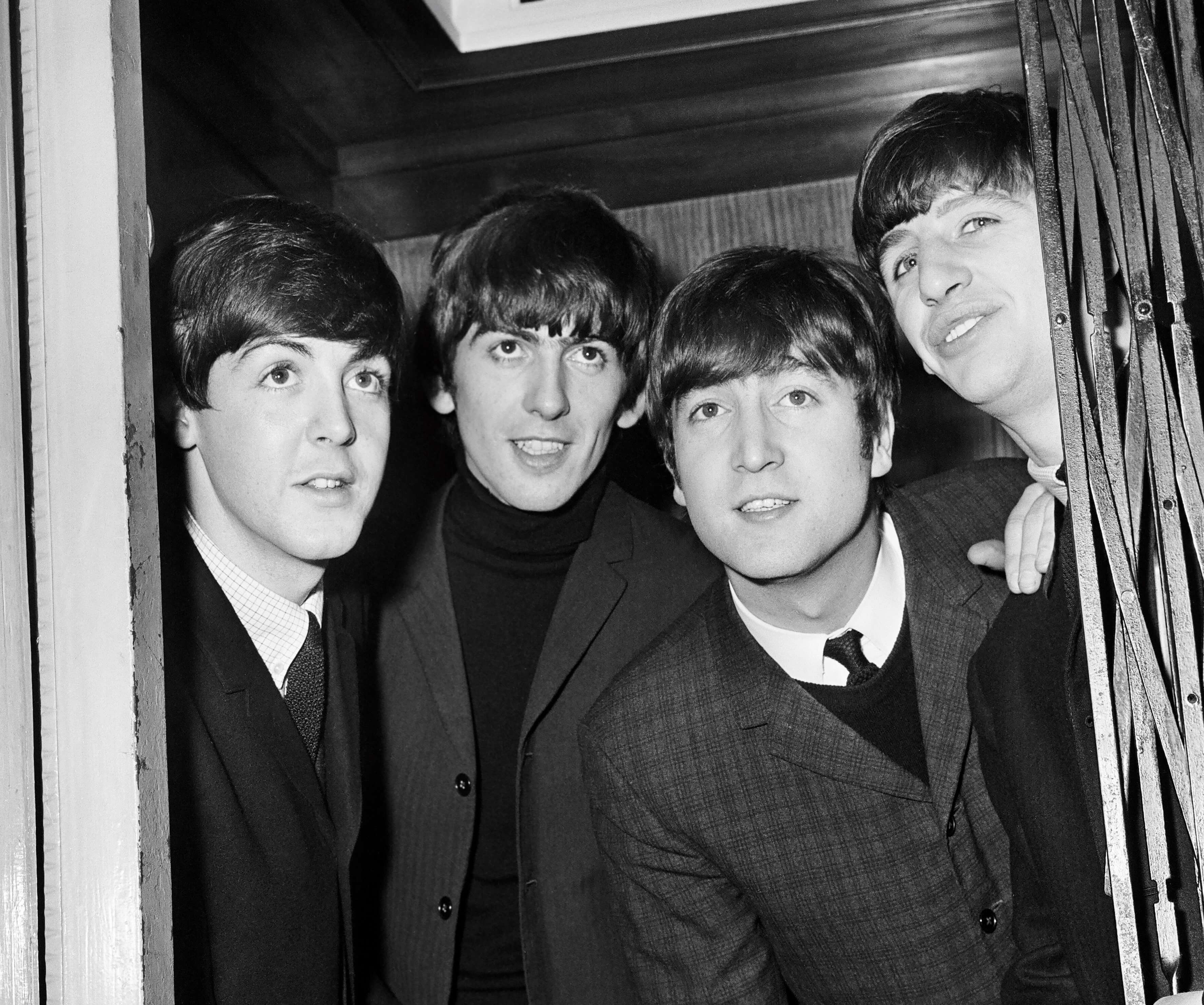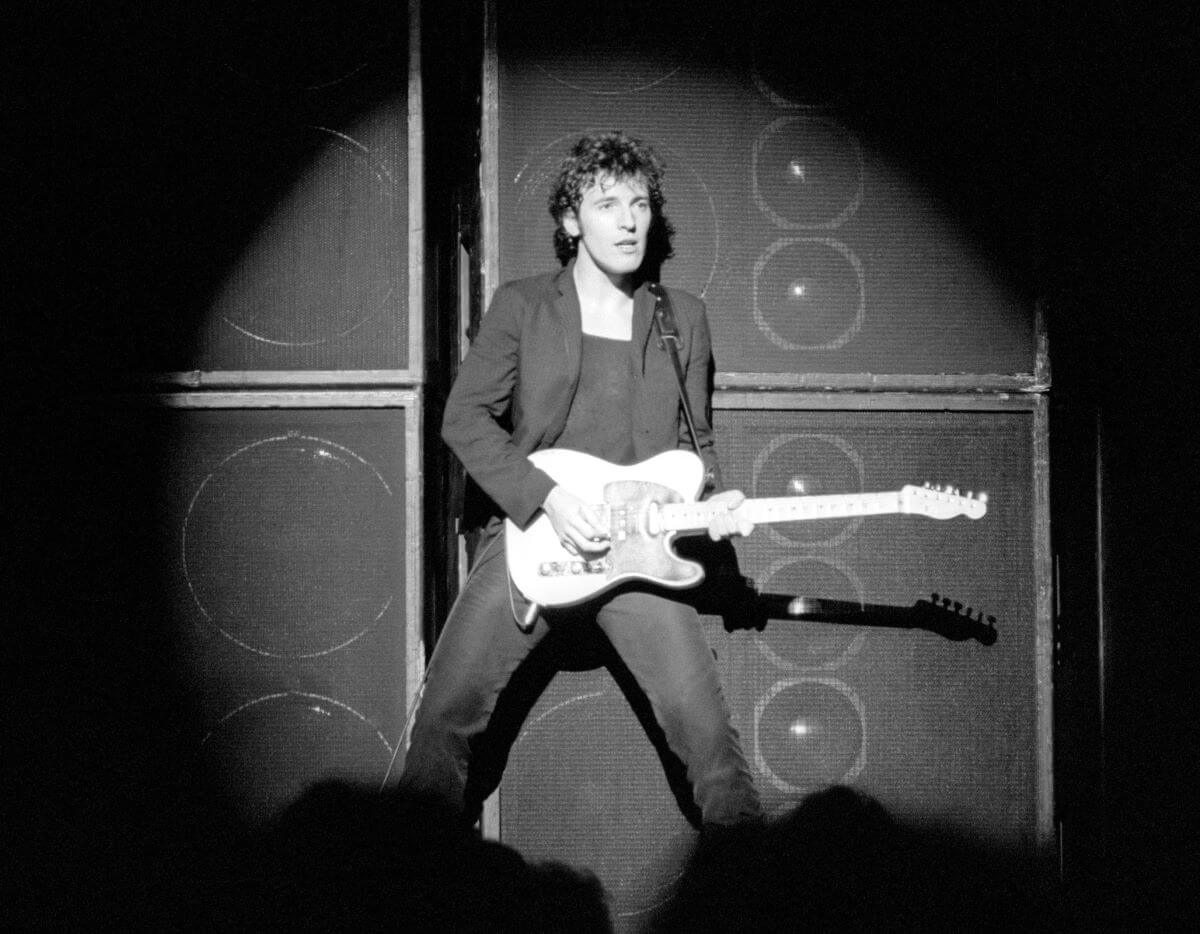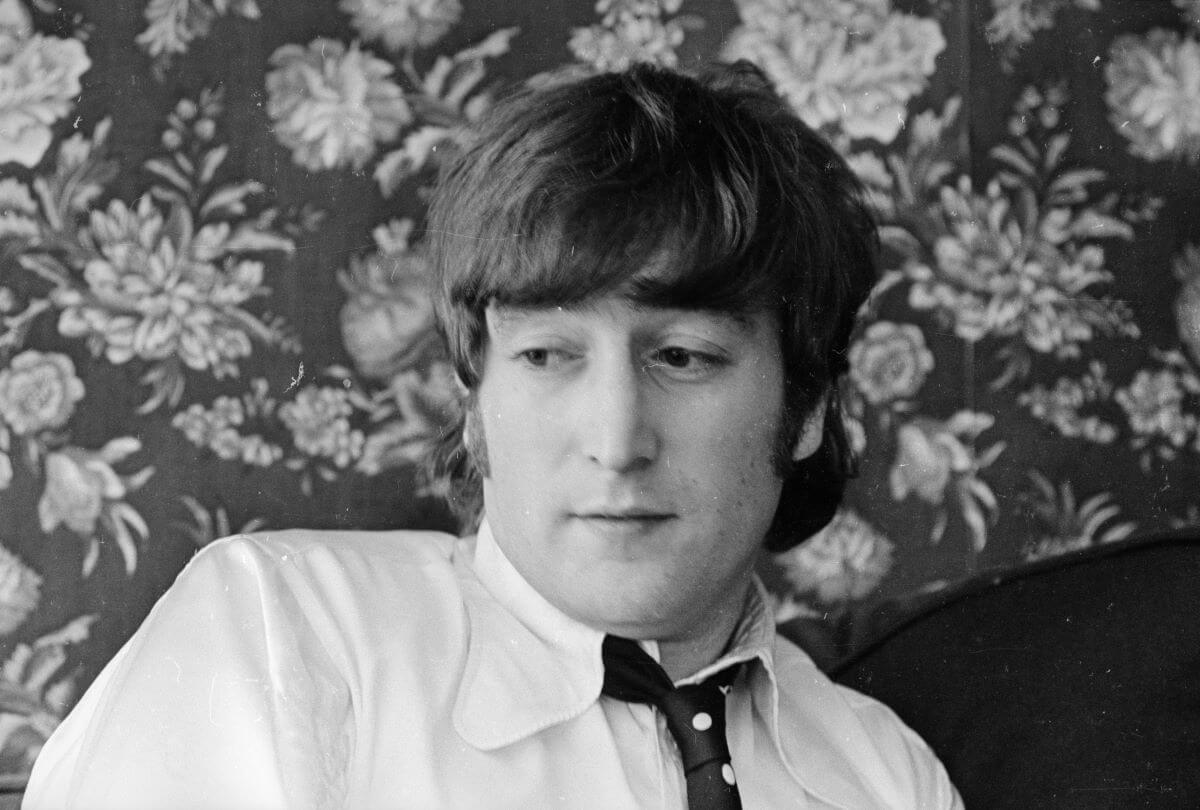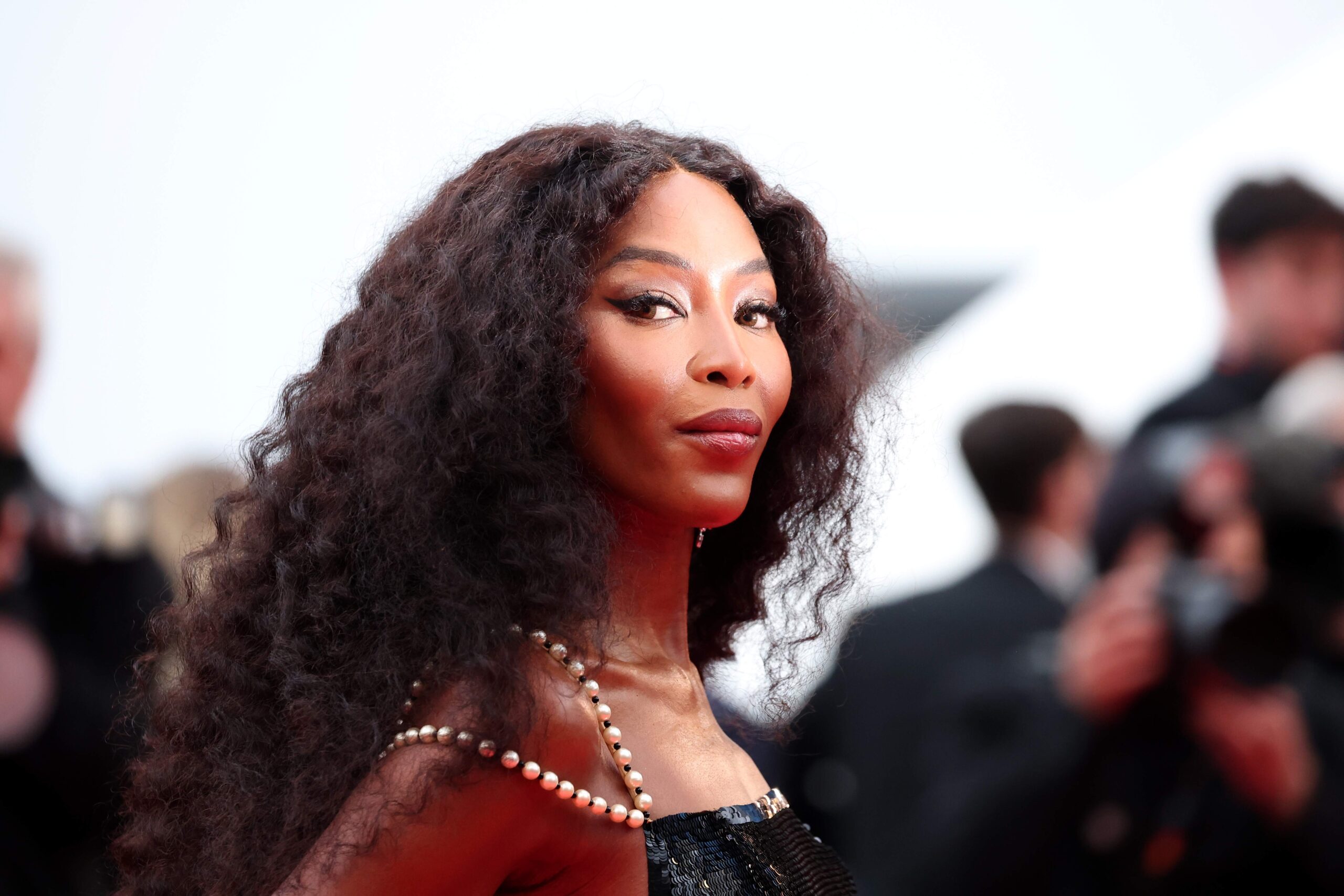
The Beatles’ ‘Money (That’s What I Want)’ Isn’t the Best Version of the Song
The Beatles‘ “Money (That’s What I Want)” wasn’t the original version of the song. Subsequently, a bizarre rendition of “Money (That’s What I Want)” blew The Beatles’ cover out of the water. The later cover was recorded for a few dollars.
The Beatles’ ‘Money (That’s What I Want)’ was originally by a Motown singer
“Money (That’s What I Want)” is a song with an fascinating history. It was originally recorded by Motown singer and songwriter Barrett Strong. Besides singing “Money (That’s What I Want),” Strong is most known for writing hits for other artists like “I Heard It Through the Grapevine” and “Papa Was a Rollin’ Stone.”
Strong’s rendition of “Money (That’s What I Want)” is a rhythm and blues song. When The Beatles covered “Money (That’s What I Want)” during their early years, they transformed it into a rock ‘n’ roll song.
The most creative interpretation of the track is The Flying Lizards’. Their recording is part novelty song, part punk-rock jam, and part early new wave number. Its strange, detached vocals mixed with an over-the-top arrangement make it a perfect example of a cover that reinvents the original.
After The Beatles recorded the song, The Flying Lizards took it to a new level
David Cunningham founded The Flying Lizards. During a 2013 interview with Vice, Cunningham was asked about a rumor that his band recorded “Money (That’s What I Want)” for merely $30. “More like $9, plus the cost of a reel of tape and a couple of bus tickets,” he recalled.
“Of course, I already had a bunch of tape recorders and couldn’t have done it without that resource,” he added. “But I’ve always liked the idea of ‘appropriate technology,’ and do-it-yourself. I recall quoting Marx at the time on ‘controlling the means of production,’ although that’s pushing it a bit.”
Cunningham discussed the response to his band’s cover. “‘Money’ basically sat around for a month, until suddenly it had a rather mysterious, rapid climb up the charts,” he remembered. “I remember the looks on the faces of the promotion department as they said to me, ‘The Capital Radio Hit Line is playing ‘Money’ this afternoon.’ That was a chart based on listener phone-in votes.
“I said, ‘Oh, that’s nice,’ and they said, ‘But you don’t understand, we stopped phoning up three weeks ago,'” he continued. “Friends who worked in record shops at the time told me the usual record-buying demographic wasn’t buying it, it was more oddball types.” Cunningham said “Money (That’s What I Want)” sold like a novelty song in the United Kingdom. There, novelty songs are huge.
How different versions of ‘Money (That’s What I Want)’ performed in the United States
The Beatles’ “Money (That’s What I Want)” was not a single, so it did not chart on the Billboard Hot 100. The tune appeared on the early Fab Four album With the Beatles. That record reached No. 179 on the Billboard 200 for a single week.
On the other hand, The Flying Lizards’ “Money (That’s What I Want)” peaked at No. 50 on the Billboard Hot 100. It might surprise some classic rock fans to know that The Flying Lizards’ cover was more popular than The Beatles’.
Whether performed by Strong, The Beatles, or The Flying Lizards, “Money (That’s What I Want)” is a timeless song.


